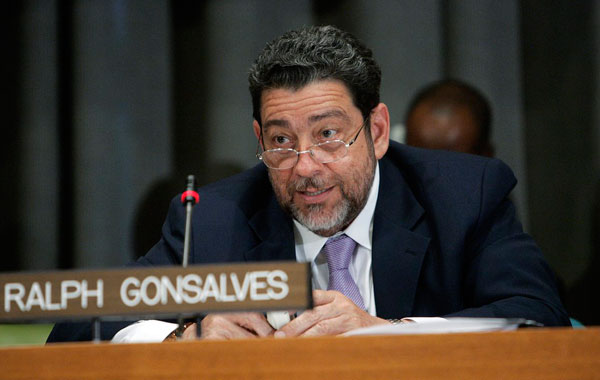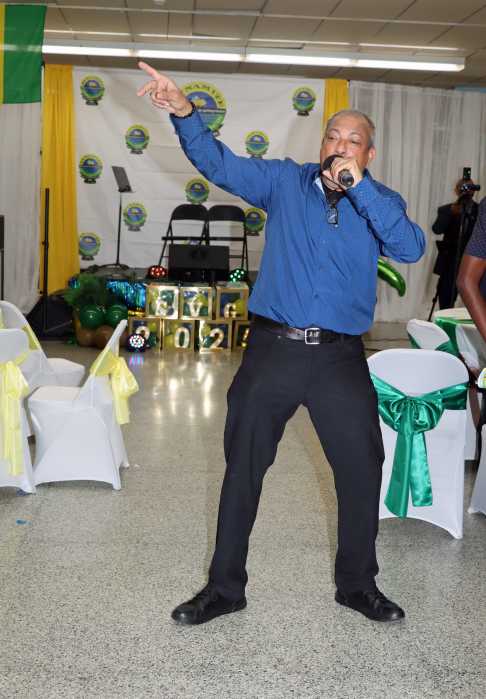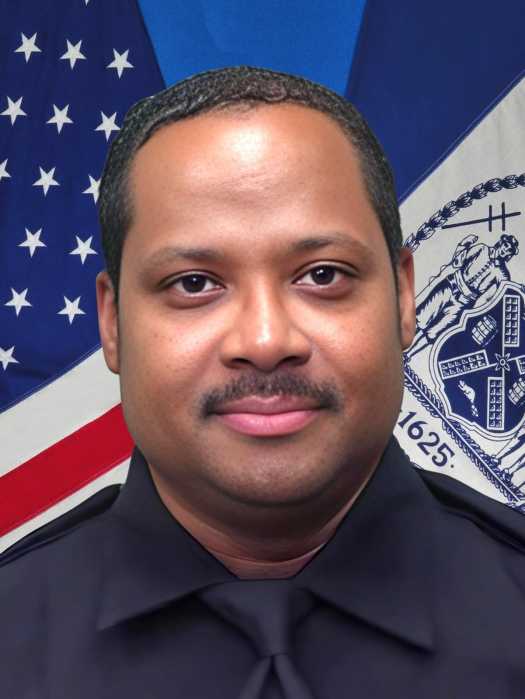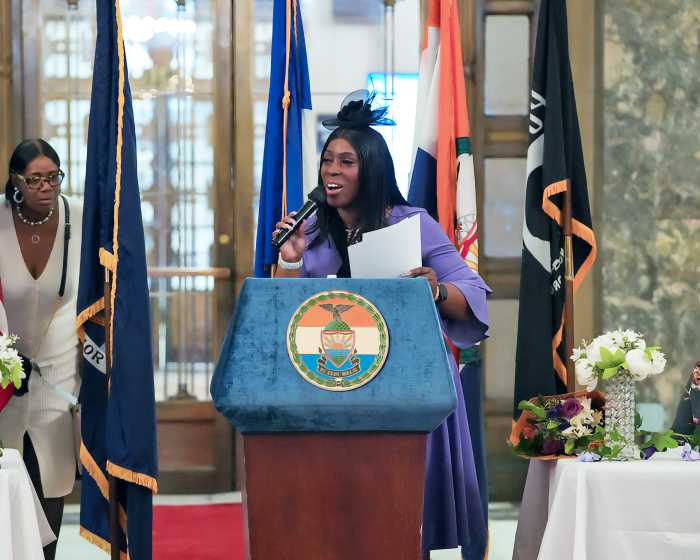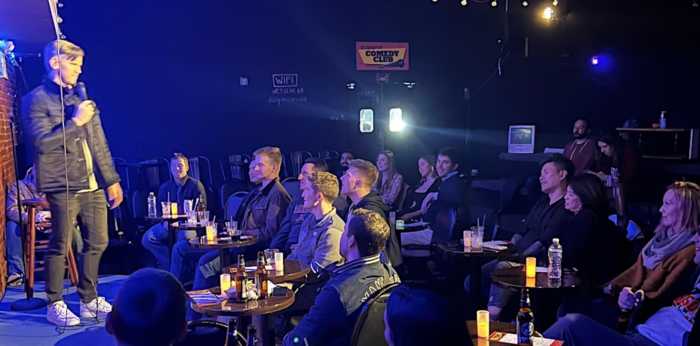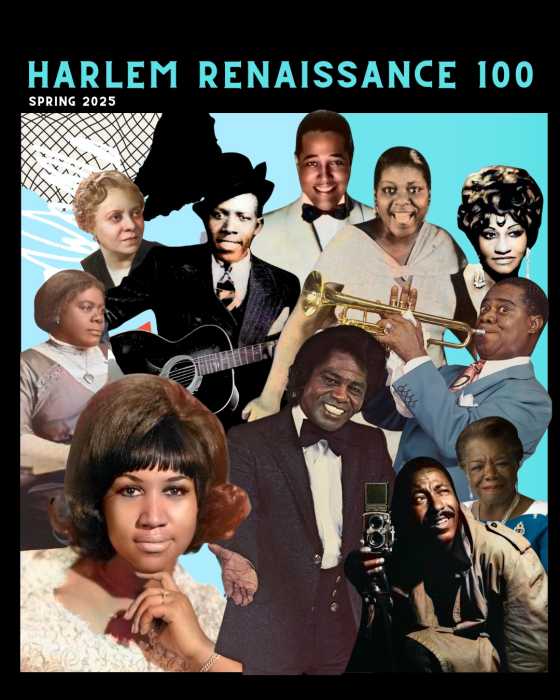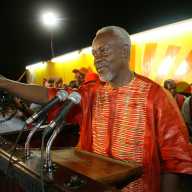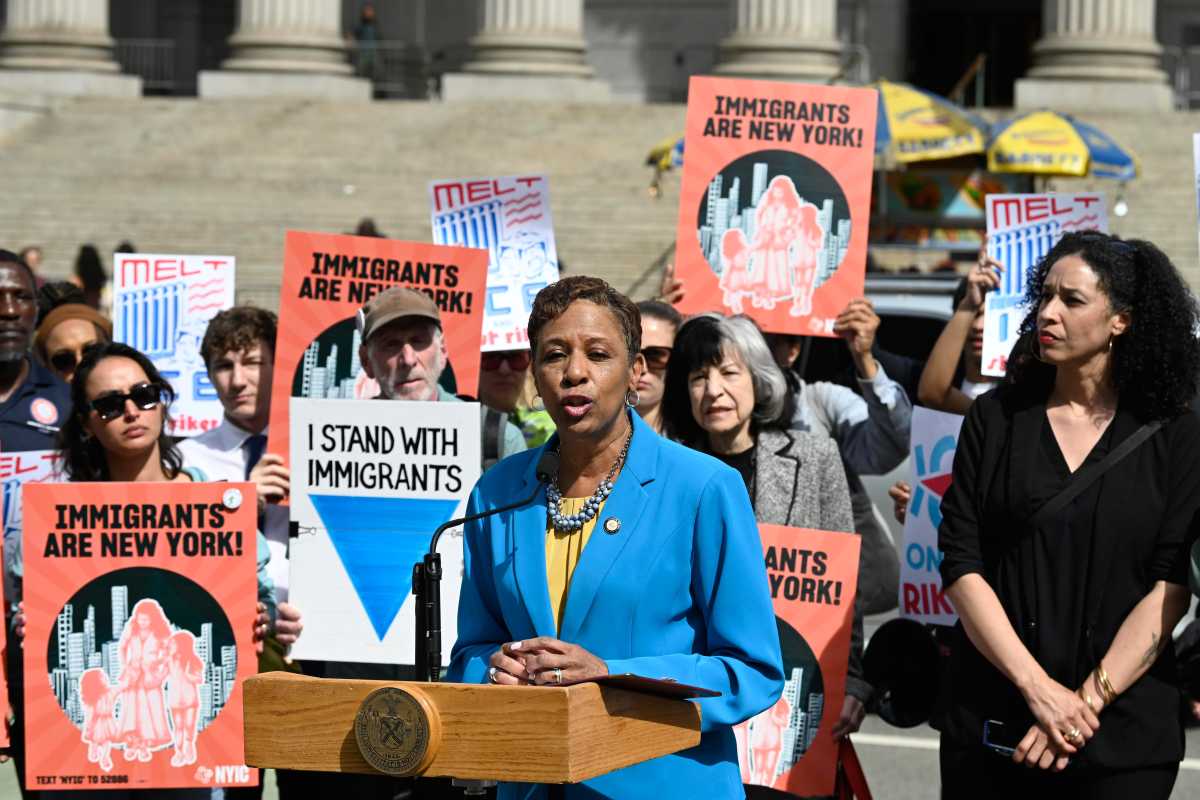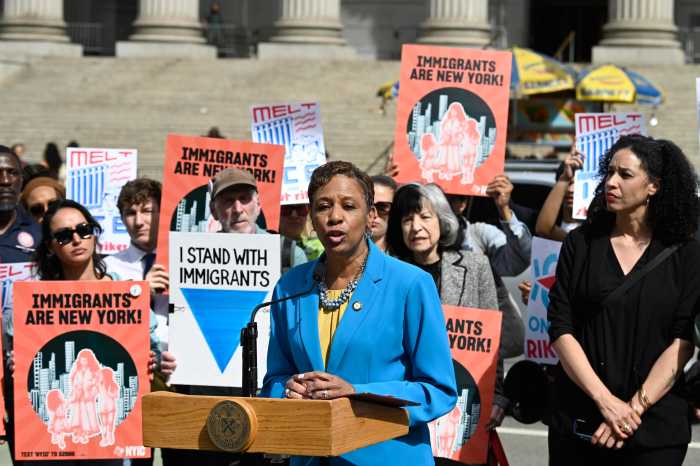Philadelphia-based Vincentian community activist James Cordice electrified a sold-out audience at a Garifuna Settlement Day celebration in Fairfax, VA on Nov. 4 in retracing the Garifuna pilgrimage.
The Garifuna people developed through what has been described as “a process of ethnogenesis” on St. Vincent and the Grenadines, and were exiled in the colonial period to the Caribbean coasts of Central America. Since the late 20th century, many have emigrated from what are now Honduras, Belize and Guatemala to the United States.
The Garifuna are mixed-race descendants of West African, Central African, Island Carib, European and Arawak people.
Cordice — a former president of the Philadelphia-based St. Vincent and the Grenadines Organization of Pennsylvania and architect behind St. Vincent and the Grenadines’ vie in the preeminent annual Penn Relays at the University of Pennsylvania in Philadelphia — told over 200 patrons at the inaugural Garifuna cultural showcase, organized by the Washington, D.C., Maryland and Virginia (DMV) Garifuna group, that “1797 marked the end of St. Vincent and the Grenadines’ era as a free and uncolonized nation.”
St. Vincent and the Grenadines obtained its political independence from Great Britain on Oct. 27, 1979.
“We, the Garinagu (used interchangeably with Garifuna) were present in St. Vincent and the Grenadines before the Europeans,” said Cordice, in delivering the keynote address, to rapt attention. “We discovered them [Europeans] trying to enter our country. We saw the sails of their ships way before they saw us. Because we were there, we are not an ordinary people. We are extraordinary, we are resilient!
“Our forefathers were the Arawak Indians, gelling with the brilliant and crafty Callinago Indians,” he added, stating that the final gelling took place in the 1100’s, “when explorers left the Musa Mansa Empire, under the leadership of Abu Bakari, left Mali, sailed down the Gambian river with over 2,000 ships and continued west to the Americas. Those Mandingo was the final blend of the Garinagu (Garifuna) people.”
The untiring community activist said that, during the “exile, misplacement and displacement” of the Garifuna, “the captors needed a guarantee that no one would assist or welcome the banished Garinagu; so, they labeled then cannibals, baby eaters, etc.”
Cordice said that though “it is documented that a Dutch slave ship sank, and some black persons intended for sale as slaves came ashore in St. Vincent and the Grenadines, the Garifuna were in St. Vincent and the Grenadines for hundreds of years prior be to that event.”
He, therefore, urged the audience to “clap in the name of the resilience of our predecessors.”
According to Global Sherpa, an online publication, the Afro-Caribbean Garifuna people originated with the arrival of West African slaves who washed ashore on St. Vincent and the Grenadines around 1635, while likely on their way to New World mines and plantations.
Today, the global population of Garifuna stands at upwards of 300,000 people, many of whom live in the US and Canada, Global Sherpa said.
It said Garifuna communities along the Caribbean Sea live mostly in coastal towns and villages in the Central American countries of Belize, Guatemala, Honduras and Nicaragua.
Cordice said it he “found it unique and interesting” that he was the only speaker at the celebration, thanking “Clive Flores and the spirit of my ancestors for allowing me to serve.”
Flores, a DMV executive, had reached out to Cordice to deliver the keynote address after they met in the summer in St. Vincent and the Grenadines during a Garifuna pilgrimage.
Cordice said he was the only Vincentian in the “spiritual journey” that comprised over 60 Garifuna from Central American and the United States.
Philadelphia resident Hewitt James, a former school teacher and police officer in St. Vincent and the Grenadines, told Caribbean Life that Cordice’s address “was well worth listening to and was well received.
“He wisely conveyed the purpose of the Garifuna cause in logical terms, as he tied the people’s history to that of the national cause of all Vincentians – their destiny, their duty, their strengths and the source of it,” said James, who was among the enthusiastic patrons.”
He noted that “the Garifuna is a thriving and vibrant collection of communities across the Americas, whose history and culture are rich and unique, and whose language remains unchanged to this day.”
Shanda Harris, chief executive officer and founder of Bleu Hairouna Essentials in Philadelphia, said the celebration was “awe-inspiring, yet historical at the same time.
“As I marched in the line with everyone, I felt chills resonate up and down my spine, as I mentally transported myself back to a time where our ancestors, on the island of St. Vincent and the Grenadines, may have done this very same thing,” she also told Caribbean Life.
“The connection that I felt to SVG [St. Vincent and the Grenadines], in that moment, almost brought tears to my eyes,” she added. “This was only the beginning – watching the dancers effortlessly meld their bodies to the beat of the drum; eating food that is foreign only in language but not in taste (the ducuna was delicious); and of course, no Garifuna celebration is complete without the vibrant sound of Andy Palacio’s ‘Lidan Aban’ playing through the speakers.
“All in all, I had a wonderful time, and it was an experience that warmed my heart and made me want to continue to learn more about my stolen, but not lost, heritage,” Harris continued.
Held under the theme, “Educate, Share and Celebrate our Garifuna Culture, its Heritage and Values,” the event featured, among others, “the best Garifuna drummers from Los Angeles — Culcha Jam ‘Pa-G and Big Dawg,’ as well as drumming and performances from James Lovell, Don Cuellar, Andrew “Andudu” Parchue and Marcony Nunez.



